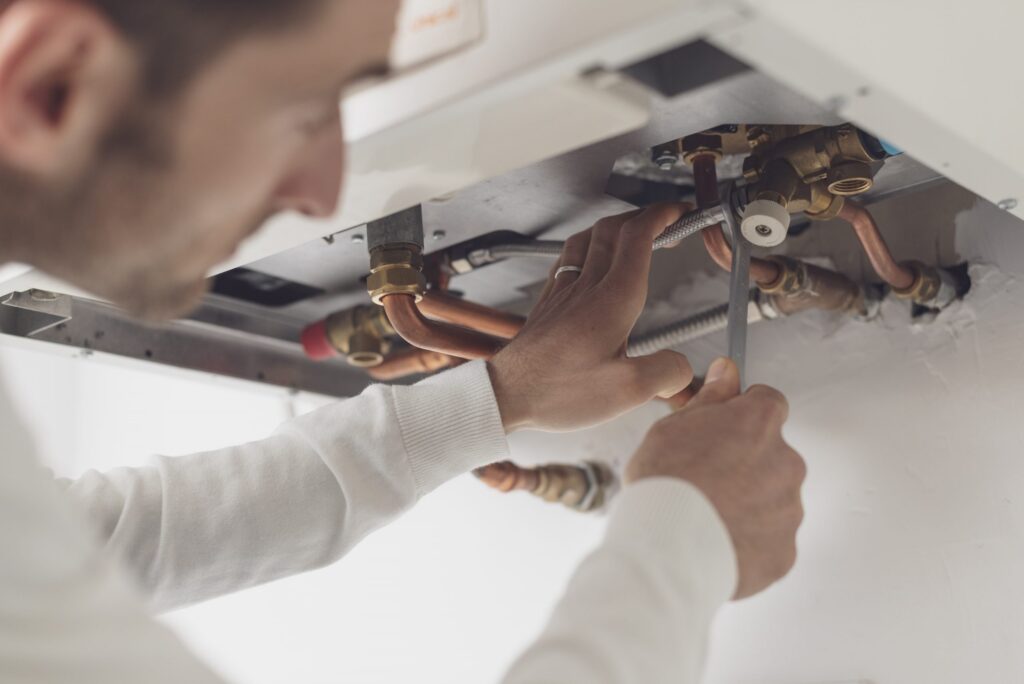Cold Radiators? How to Bleed a Radiator
Do My Radiators Need Bleeding?
If you’ve noticed your radiators aren’t heating as well as they should or they have cold spots, these could be signs that your radiators need bleeding.
Not to fear, bleeding a radiator is a simple and easy thing to do! We’re going to talk you through how to do it and why it’s important in our handy Avenue Heating: How to Bleed a Radiator Guide below.


Cold Radiators
When it’s cold outside, your heating is on full but you’re not feeling the benefits, this could be a sign that your radiator is not doing its job.
There is a simple and easy way to check if so. Start by feeling the bottom of your radiator (but be careful if your heating is on!), it should be nice and hot near the pipe, then start to feel upwards on the radiator. If it starts to get colder further at the top, this could be a sign it needs bleeding.
The reason for this is because air is trapped inside the radiator, preventing the hot water to reach the top. This is what needs to be bled out.
How to Bleed a Radiator: Easy Step by Step Guide
To bleed a radiator, you will need:
Radiator key or flathead screwdriver
Cloth or towel to catch water
Step 1
Start by tuning off the heating and waiting until your radiators have cooled down. There is a risk of water spurting out and we don’t want this when it’s hot! Remember to place your towel around the radiator or have your cloth at hand to quickly wipe up any spillages.
Step 2
Locate the valve on the side of your radiator (usually situated at the top) and slot your radiator key on top of the groove. Slowly turn this anti clockwise until you start to hear air hissing out (usually half a turn). As the air is leaving the radiator the hot water will slowly start to rise up your radiator.
Step 3
Once the hissing has stopped (it can take between 20 seconds to a minute depending on the size of the radiator) water will start to spill out (this is where you need your towel) as there is no more air left in it, quickly retighten the valve in a clockwise motion and double check there is no more water coming out.
Step 4
Turn your heating back on. If the radiator is now evenly heating up, then you have successfully bled your radiator.
Step 5
Check your boiler pressure! Bleeding radiators can cause the pressure in your boiler to lower. If this occurs, you may need to re-pressurise it.
How often should I bleed my radiator?
We recommend that you bleed your radiators once a year to ensure they are working properly. It’s a good idea to do this just before winter to make sure your home is heating up enough before the cold weather steps in.
Why is it important to bleed my radiators?
Bleeding your radiators is a cost-effective way to keep your house warm, and more importantly keep those heating bills down!
If you have any plumbing or heating problems, get in touch today! Our friendly team are always on hand to assist you.

If you require any help with your plumbing then contact Avenue Heating on 0203 1373333 or email hello@avenueheating.com







